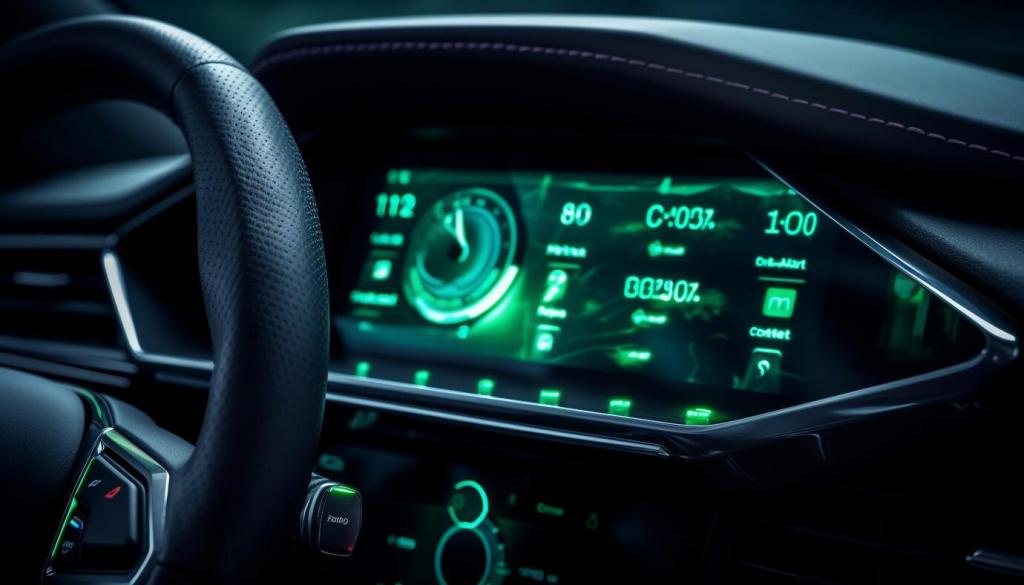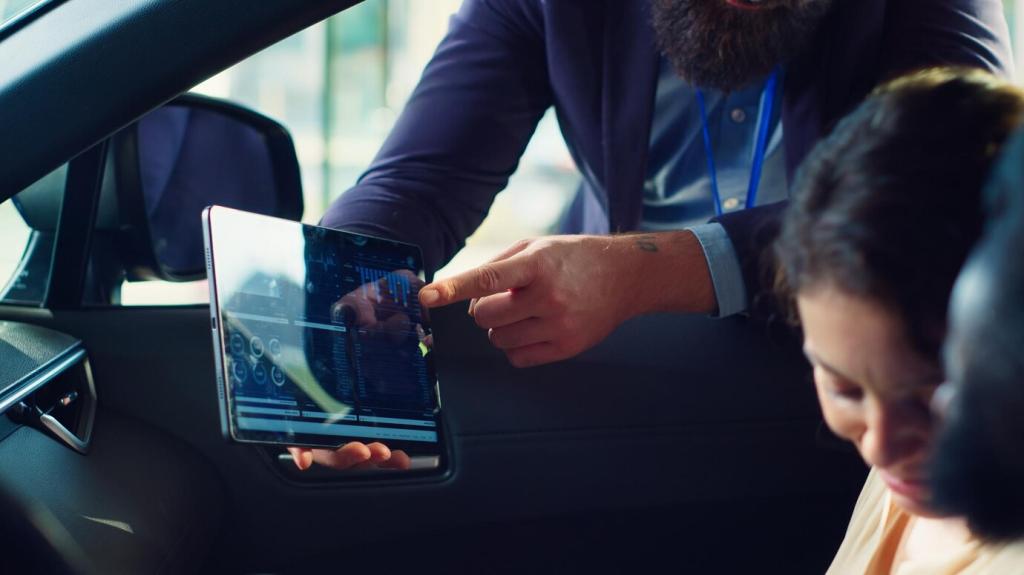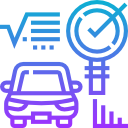Connected Car Technologies: Enhancing User Experience
Connected car technologies have transformed the driving landscape by integrating digital innovation, robust connectivity, and personalized services. These advancements are redefining how drivers and passengers interact with vehicles, focusing on a seamless, intuitive, and enjoyable experience. By merging cutting-edge hardware with cloud-based software, connected cars offer tailored entertainment, smart navigation, real-time communication, and proactive safety features. This evolution not only modernizes transportation but also anticipates user needs, ensuring each journey is safer, more productive, and undeniably interconnected.

Seamless Connectivity and Communication
Integrated Smartphone Platforms
Contemporary connected vehicles are equipped to support leading smartphone integration platforms, enabling drivers to mirror their mobile devices directly onto the car’s infotainment screen. With native support for major operating systems, users can access navigation, manage calls, respond to messages, and stream content. By leveraging voice commands and touch controls, these platforms minimize driver distraction while sustaining full digital connectivity. This integration fosters an environment where essential information and entertainment are within effortless reach, all while maintaining critical road safety.
Advanced Telematics and In-Car Wi-Fi
Modern vehicles are stepping into the role of mobile communication hubs, courtesy of advanced telematics and onboard Wi-Fi hotspots. Telematics systems not only provide drivers with precise vehicle status updates and diagnostics but also pave the way for remote commands, such as locking doors or setting climate controls from afar. In-car Wi-Fi facilitates uninterrupted internet access for all passengers, transforming commutes into opportunities for productivity and entertainment. This constant, reliable connectivity helps users stay informed and engaged, no matter where their travels take them.
Real-Time Vehicle-to-Everything Communication
Vehicle-to-everything (V2X) technology marks a significant leap in how cars interact with their surroundings. V2X enables vehicles to communicate not just with each other, but with infrastructure like traffic lights, road signs, and even pedestrians. This bidirectional data switchover allows cars to anticipate hazards, receive traffic updates, and adjust routes dynamically. The result is a more streamlined, responsive driving experience where users benefit from real-time situational awareness and optimal route planning, diminishing the frustration of unexpected delays and enhancing driver confidence.
Adaptive Infotainment Systems
Infotainment systems equipped with artificial intelligence redefine the in-car media experience. These smart interfaces learn preferences over time, tailoring content suggestions, audio settings, and navigation cues to suit the driver’s habits and moods. Voice recognition and natural language processing allow for intuitive interactions, so users can make requests conversationally—just like speaking to a personal assistant. This level of customization transforms the vehicle into an extension of the user, with entertainment, information, and comfort settings always optimized.
Intelligent Cabin Environment
Today’s connected vehicles monitor and respond to various cabin factors, using biometric inputs and environmental sensors to maximize comfort and well-being. Systems read passenger temperature preferences, seat positions, and even lighting, automatically adapting to suit their needs each journey. Some platforms utilize facial recognition or wearables to identify occupants and remember their favored playlists or climate settings, ensuring an effortless, just-for-you experience from the moment you enter the car until you reach your destination.
Context-Aware Assistant Features
Integrated virtual assistants within connected cars are more capable than ever, providing meaningful assistance based on context and location. They suggest nearby fueling stations when fuel is low, remind drivers about appointments synced with their calendars, and proactively propose optimal departure times considering real-time traffic. These intelligent services reduce cognitive load, eliminate guesswork, and create a smooth, proactive driving experience designed around the user’s day-to-day activities and preferences.
Enhanced Safety and Security
Proactive Driver Assistance Systems
Driver assistance technologies analyze a wide array of data inputs—ranging from camera feeds to sensor arrays—to support safe driving. Features such as lane-keeping assistance, adaptive cruise control, and automatic braking detect obstacles, monitor road conditions, and intervene when necessary. Real-time communication between cars and infrastructure heightens awareness of upcoming hazards. By alerting or aiding the driver at critical moments, these systems lower the chances of accidents and inspire peace of mind for everyone on board.
Security and Data Protection Measures
With increased connectivity comes the heightened importance of cybersecurity and data integrity. Connected car systems now implement advanced encryption techniques and threat detection protocols, protecting sensitive user information and preventing unauthorized access. Features such as two-factor authentication for remote features and over-the-air security updates ensure the car’s systems remain resilient against emerging threats. This focus on robust security allows users to enjoy the benefits of digital integration without anxiety about data breaches or personal privacy violations.
Emergency Assistance and Crash Response
Connected vehicles can automatically detect collisions and relay precise data—including location and crash severity—to emergency services. These capabilities expedite response times, facilitating swift medical aid or roadside support when it matters most. Many systems allow for manual SOS alerts with the press of a button, while also guiding occupants through critical post-incident steps via in-car displays and audio prompts. This layer of intelligent contingency planning boosts occupant safety, reassurance, and preparedness for the unexpected.

